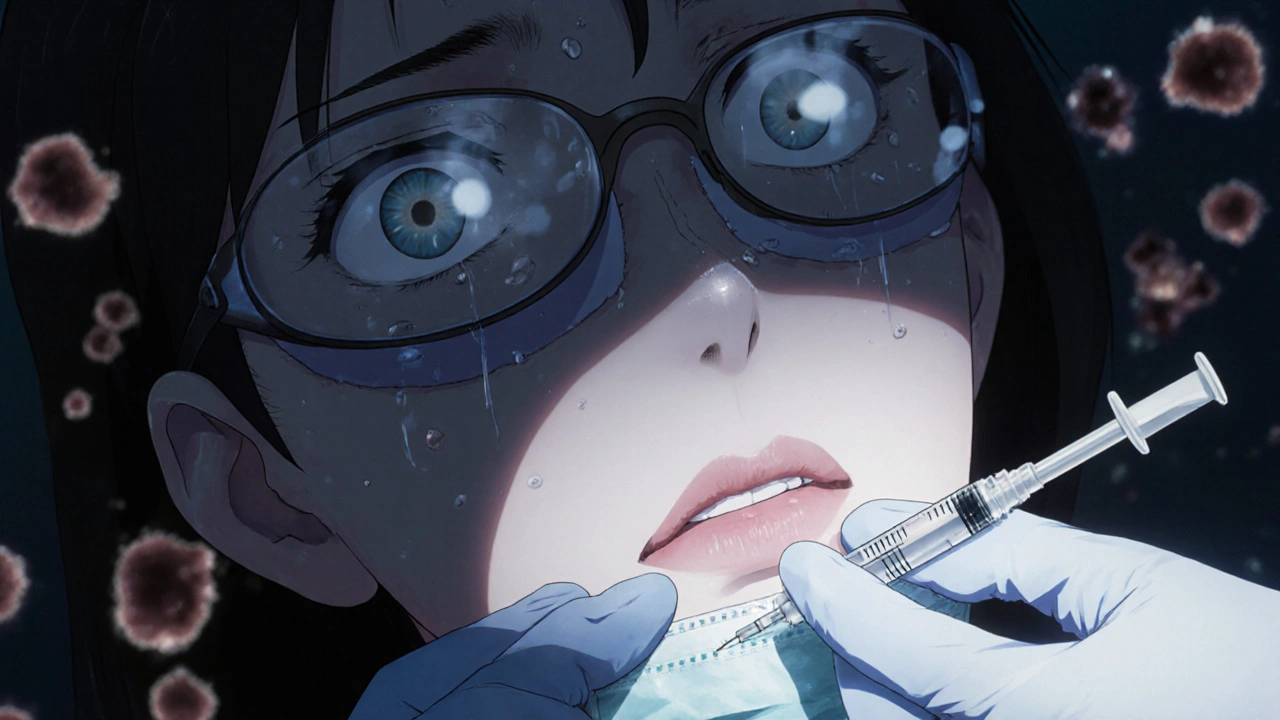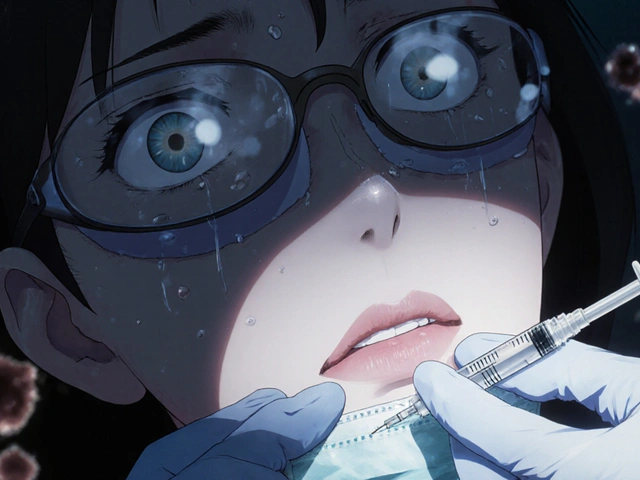Prilocaine Methemoglobinemia: Causes, Risks, and What You Need to Know
When prilocaine, a local anesthetic commonly used in dental procedures and minor surgeries, enters the bloodstream, it can sometimes trigger a rare but serious condition called methemoglobinemia, a blood disorder where hemoglobin can’t carry oxygen properly. This isn’t common, but when it happens, it can turn skin blue, cause dizziness, shortness of breath, and even lead to organ damage if not treated fast. It’s not an allergy—it’s a chemical reaction. And it’s more likely in kids, older adults, or people with certain genetic conditions.
Methemoglobinemia, a condition where iron in hemoglobin changes from its normal ferrous (Fe2+) state to ferric (Fe3+), making it unable to bind oxygen can be caused by several drugs, but prilocaine is one of the most frequent offenders among local anesthetics. Other drugs like benzocaine and dapsone can do the same thing, but prilocaine’s metabolite, o-toluidine, is especially good at triggering it. Even small doses—like those used in a dental filling—can cause problems in sensitive people. The body usually fixes this on its own with enzymes, but if those enzymes are weak or overwhelmed, methemoglobin builds up. That’s when you start seeing symptoms: lips or fingertips turning gray-blue, fatigue, confusion, rapid heartbeat. It’s not always obvious, which is why many cases are missed until it’s serious.
What makes this worse? Using prilocaine in large amounts, giving it to infants under 6 months, or combining it with other drugs that affect oxygen use. People with G6PD deficiency or inherited enzyme disorders are at higher risk. The good news? It’s treatable. If caught early, methylene blue is the standard fix—it helps convert methemoglobin back to normal hemoglobin. In mild cases, stopping the drug and giving oxygen is enough. But if you’re a caregiver, dentist, or patient getting prilocaine, you need to know the signs. Don’t assume it’s just a reaction to anxiety or a bad taste in your mouth.
There’s no way to predict who’ll react, but awareness saves lives. If you’ve had trouble with local anesthetics before, tell your doctor. If you’re getting a procedure done on a child, ask if there’s a safer alternative. Prilocaine isn’t the only option—lidocaine and articaine work just as well for most cases and don’t carry the same risk. And if you’ve ever had unexplained bluish skin after a dental visit, that’s not normal. It’s worth looking into.
Below, you’ll find real-world posts that dig into how this condition shows up, how it’s managed, and how other medications can either help or hurt. You’ll see how it connects to blood oxygen levels, what doctors watch for, and how patients recover. This isn’t theory—it’s what’s happening in clinics and ERs right now. Know the signs. Ask the questions. Stay safe.
Prilocaine is a common local anesthetic, but it carries a rare but serious risk called methemoglobinemia, which can reduce oxygen in your blood. Learn the signs, who's at risk, and safer alternatives.
Read more





